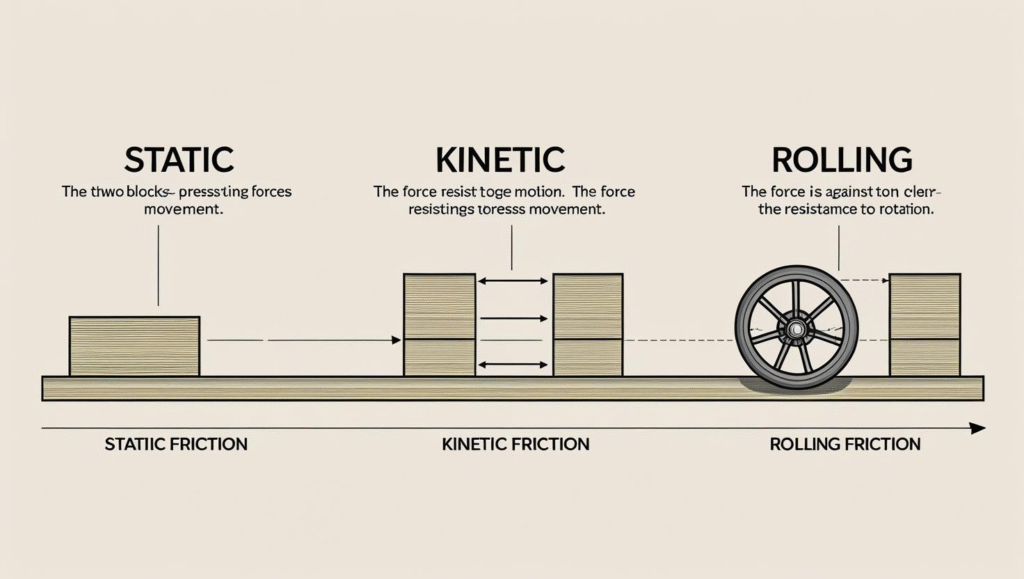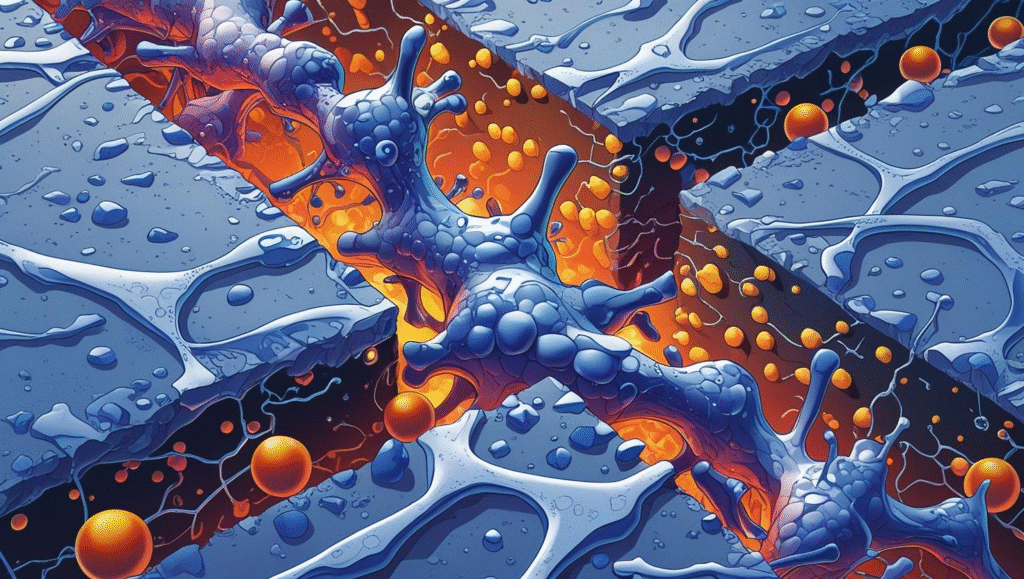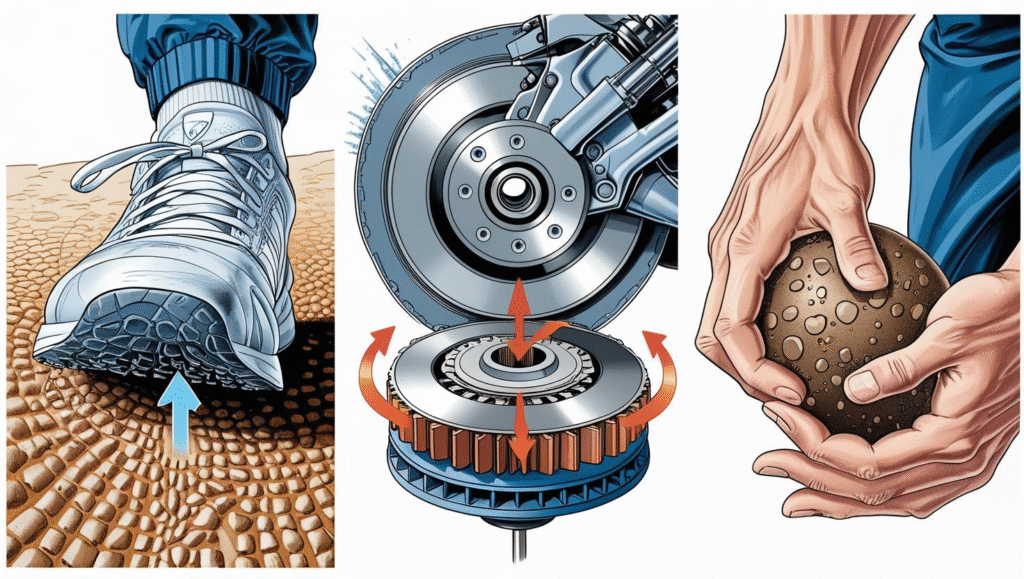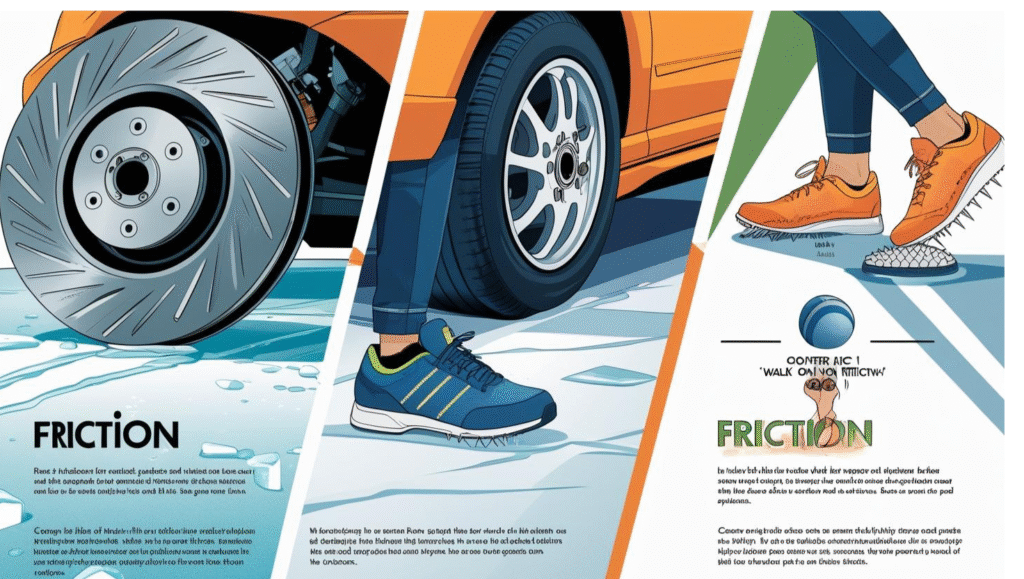Friction: A Necessary Evil
A Necessary Evil by Delta publications
key notes :
Definition of Friction:
- Friction is a force that opposes the relative motion or tendency of such motion of two surfaces in contact.
Types of Friction:

- Static Friction: The frictional force that prevents two surfaces from sliding past each other.
- Kinetic (Sliding) Friction: The frictional force acting between moving surfaces.
- Rolling Friction: The frictional force that occurs when an object rolls over a surface.
Causes of Friction:
- Surface Roughness: Microscopic irregularities on surfaces cause friction.
- Molecular Attraction: Intermolecular forces between the surfaces in contact contribute to friction.

Advantages of Friction:
- Walking: Friction between shoes and the ground allows us to walk without slipping.
- Transportation: It enables vehicles to move and stop effectively (brakes rely on friction).

- Holding Objects: Friction allows us to grip and hold objects.
Disadvantages of Friction:
- Wear and Tear: Friction causes wear and damage to machinery and moving parts.
- Energy Loss: Friction converts useful kinetic energy into heat, leading to energy loss.
- Reduced Efficiency: In engines and machines, friction reduces efficiency by generating heat.
Friction as a Necessary Evil:
- Balancing Act: While friction can cause problems like wear and energy loss, it is also essential for many everyday activities and functions.
- Control of Friction: Using lubricants, polishing surfaces, and using wheels can reduce unwanted friction. However, sometimes friction is increased (e.g., using sand on icy roads) to prevent slipping.

Real-life Applications:
- Brake Systems: Car brakes use friction to stop the vehicle.
- Walking on Ice: People use shoes with better grip to increase friction and prevent slipping on icy surfaces.
- Sports: Athletes use specialized shoes to increase or decrease friction depending on the sport (e.g., spikes for running, smooth soles for bowling).

Measuring Friction:

- The coefficient of friction (μ) is a value that represents the ratio of the force of friction between two bodies and the force pressing them together.
Friction in Technology:
- Bearings: Devices like ball bearings reduce friction in machinery, making them more efficient.
- Aerodynamics: Engineers design vehicles with streamlined shapes to reduce air resistance (a form of friction).
Conclusion:
- Friction is unavoidable but essential. It is important to understand how to manage and utilize it effectively to maximize benefits and minimize drawbacks in various applications.
Let’s practice!

